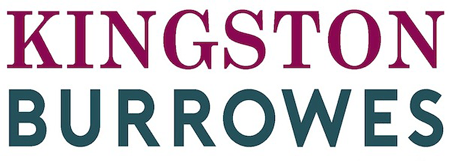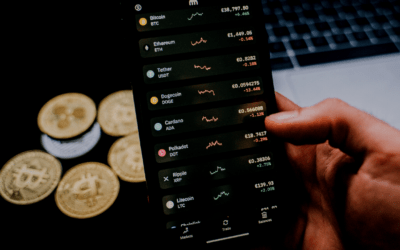What is it?
The VAT reverse charge applies to the supply of construction services between construction businesses and is aimed at tackling VAT fraud in the building and construction sector. The new VAT reverse charges rules will apply to you if you are in the Construction Industry Scheme (CIS) and VAT registered.
When the new rules come into effect, a customer receiving the supply of construction services will have to pay the VAT direct to HMRC rather than paying it to the supplier. The measures will have a significant impact on how businesses within the sector account for VAT and manage their cash flows and significant process and systems changes will be required.
When are the changes due to come into effect?
The VAT reverse charge for construction services is likely to apply to supplies of construction work from 1 March 2021. While it was originally intended that the measures would be introduced from October 2019, delays have been caused by Brexit and the COVID-19 pandemic.
Conditions under which the VAT reverse charge applies
The VAT reverse charge will apply to sales of construction work when all of the following conditions are met:
- There is a supply for VAT of construction services and materials
- The supply is made at the standard or reduced rate of VAT
- The supply is made between a UK VAT registered supplier and UK VAT registered customer
- Both supplier and customer are registered for the CIS
- The customer intends to make an ongoing supply of construction services to another party
- The supplier and customer are not connected
Supplies not affected by the VAT reverse charge
The measures do not apply to any of the following supplies:
- Supplies of VAT exempt building and construction services
- Supplies that are not covered by the CIS unless linked to such a supply
- Supplies of staff or workers
- Supplies of materials only
What type of construction activities are covered by the VAT reverse charge?
HMRC have provided detailed guidance as to those services within the scope of the new rules and these can be found here. For example, installing heating, lighting or air-conditioning in a building is within the scope of the new rules, whereas installing security systems and carpet fitting is not.
A scenario
Bob (who is VAT registered) supplies the materials and installs a new central heating system for Fernando a contractor (who is also VAT registered) who in turn supplies his construction services to Maria the developer (also VAT registered). Maria is a property developer who will supply the finished commercial building to FlyHigh Ltd, her client.
Bob would under the current VAT system, invoice Fernando £120,000, comprising of his £100,000 bill for materials, labour and works, plus £20,000 in VAT (at 20%).
From March 2021, under the new reverse charge mechanism, Bob invoices £100,000 stating that ‘the reverse charge applies’.
Fernando pays Bob the net £100,000 fee, Fernando then accounts for output and input VAT of £20,000 on the supply on his own VAT return. Bob does not account for output VAT in his accounting system as he has invoiced only his fee £100,000.
As a result of the reverse charge procedure, Bob charges and receives £20,000 less than under the old system (where he would charge £100,000 + VAT). He does not have to account to HM Revenue for any VAT on his services.
These changes might have a negative impact on Bob’s cash flow, as previously if Fernando paid promptly Bob could use the VAT of £20,000 to purchase his materials. The VAT on these materials could be offset against the VAT on his sale.
Fernando has a cash flow advantage, as he does not have to pay Bob £20,000 and then at the end of his VAT quarter reclaim £20,000 as he is accounting for the reverse charge and the output VAT offsets the input VAT.
As Fernando is supplying construction services, he must also consider the reverse charge if Maria is involved in the onward supply of construction services to her client it will be her responsibility to notify the other parties in the chain. If Maria is registered for CIS, then the reverse charge process will also apply to Fernando as well
Maria, would charge VAT in the normal way regardless as her end client is not involved in the supply of Construction.
Other VAT considerations
For supplies that are not within the reverse charge, the Cash Accounting Scheme cannot be used. If you use cash accounting for your purchases, the scheme will no longer help your cash flow and it may be better to cease Cash Accounting.
The Flat Rate Scheme excludes supplies captured by the reverse charge, and these supplies should be accounted for under the new reverse charge system.
For businesses that are likely to become a VAT repayable, it will be more beneficial to move to monthly VAT returns.
Cash flow permitting, annual accounting can be used with reverse charge supplies being accounted for within the scheme.
Preparing for the changes
The VAT reverse charge for construction services will require businesses operating in this sector to change their approach significantly. Accounting and bookkeeping systems will need to be modified to cope with the new invoicing and reporting obligations.
As we approach March 2021, we recommend that you speak to your accountant or specialist tax advisor if you believe the new reverse charge VAT rules may apply to your business. The team at Kingston Burrowes will of course be happy to assist you.




